A dog returning to his vomit has been the fodder of many though experiments and discussions. Why? Why go back to whatever made the dog puke. It is one thing to look at and another to sniff it. It is an entirely different situation where one starts to eat it. If dogs, man’s best friend, are lapping up their vomit, what are the worst things cockroaches eat?
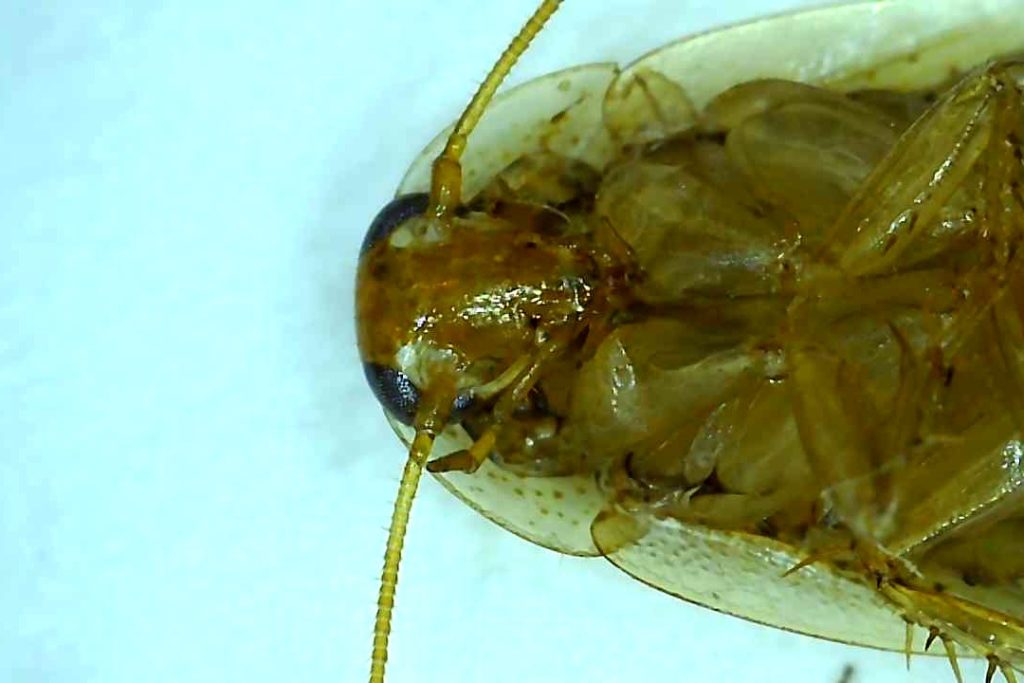
Yes, Vomit makes the list
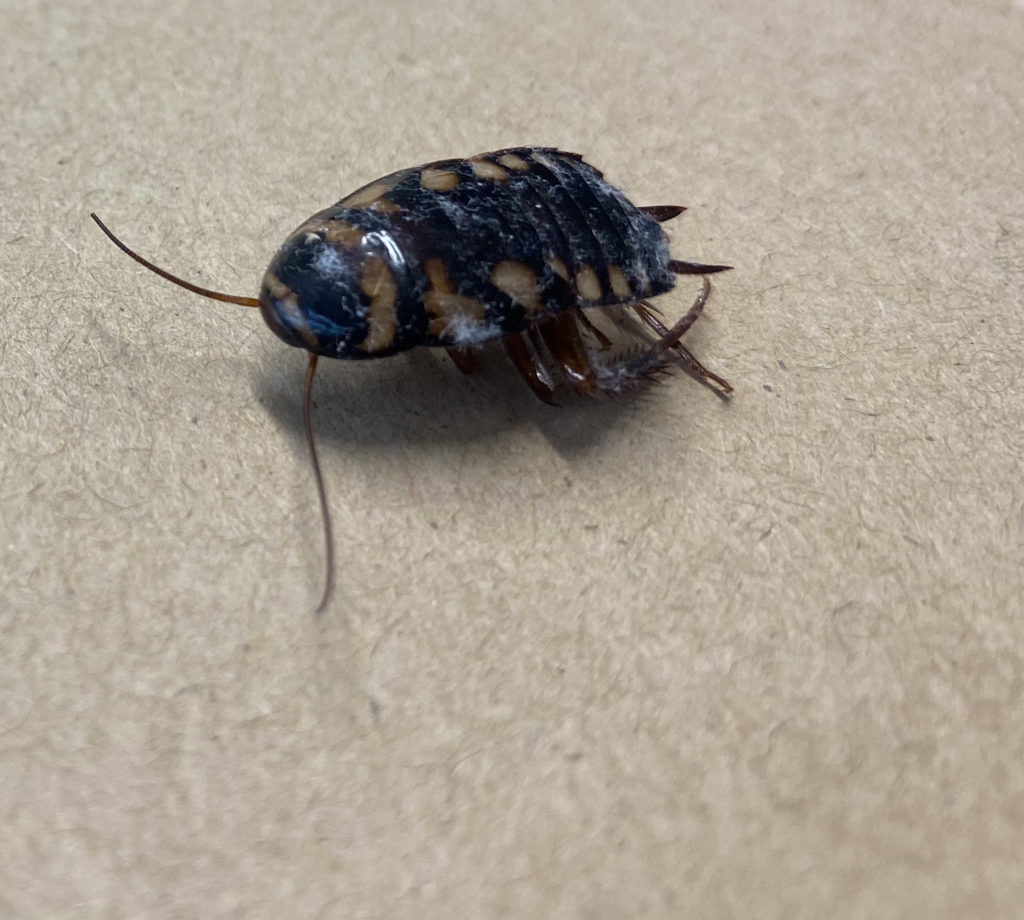
You had to guess that if a dog is happy to lap up its own vomit, a roach wouldn’t be above this stop of gross consumption. For roaches though, it is not just their own vomit. Any cockroach puking is likely supplying food to any of its nearby cohorts. Since roaches are thigmotropic, they feel most comfortable in tight quarters and love to share those quarters with their kin. If one roach is going to expel potential food from its mouth, the next cockroach will gobble it up.
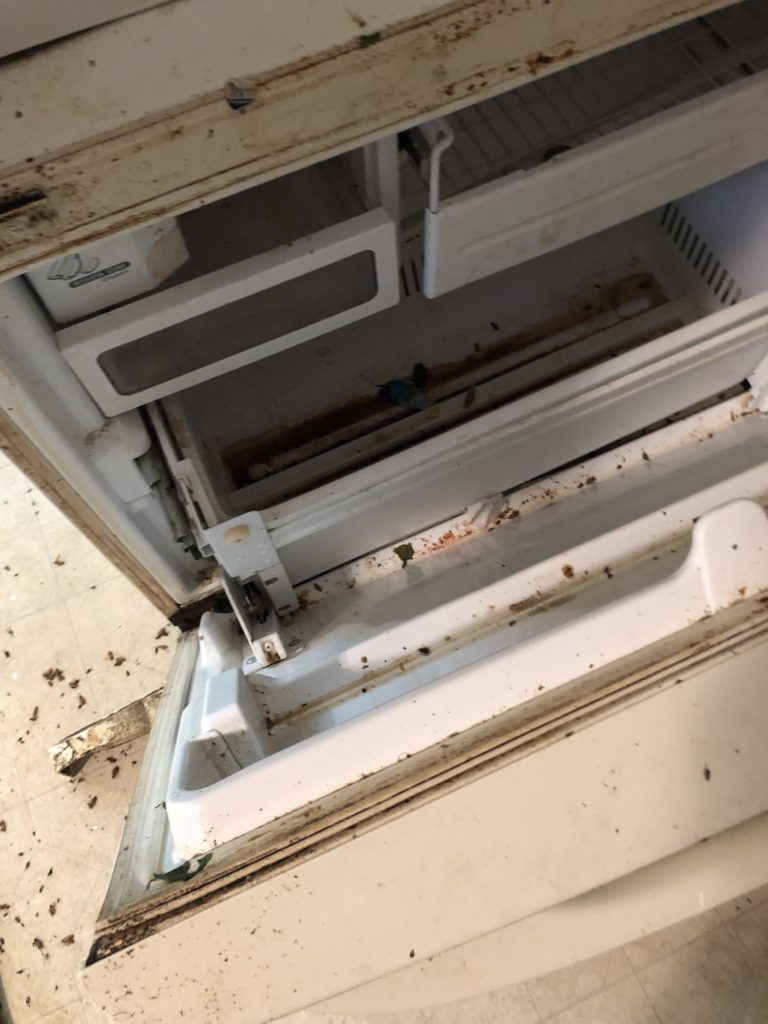
If it doesn’t come out the front end, wait for the back end
We generally think that our bodies are excreting just the waste out of our backsides. No matter how dense the waste composition is, there is always some creature that can find some nutritious element in there. For cockroaches, especially roaches that are under high population pressures, they have no issues eating each others’ poop. If roach one is getting enough food to be pooping regularly, starving roach number two is happy to send that food down the gullet for a number two round of digestion.
While we are on the topic of coprophagia, it is important to note the roach’s relationship with mice. Roaches are happy to seek after mice poop to fill their voracious bellies. In return, mice are thrilled to munch on a roach for a snack or a series of roaches for a whole meal. Don’t start considering going to the pet store to buy mice for cockroach control like you would a cat for mouse control. Mice won’t eat enough to diminish the roach population. It is simply important to beware that mice and roaches in conjunction can lead to grossly synergistic combinations.
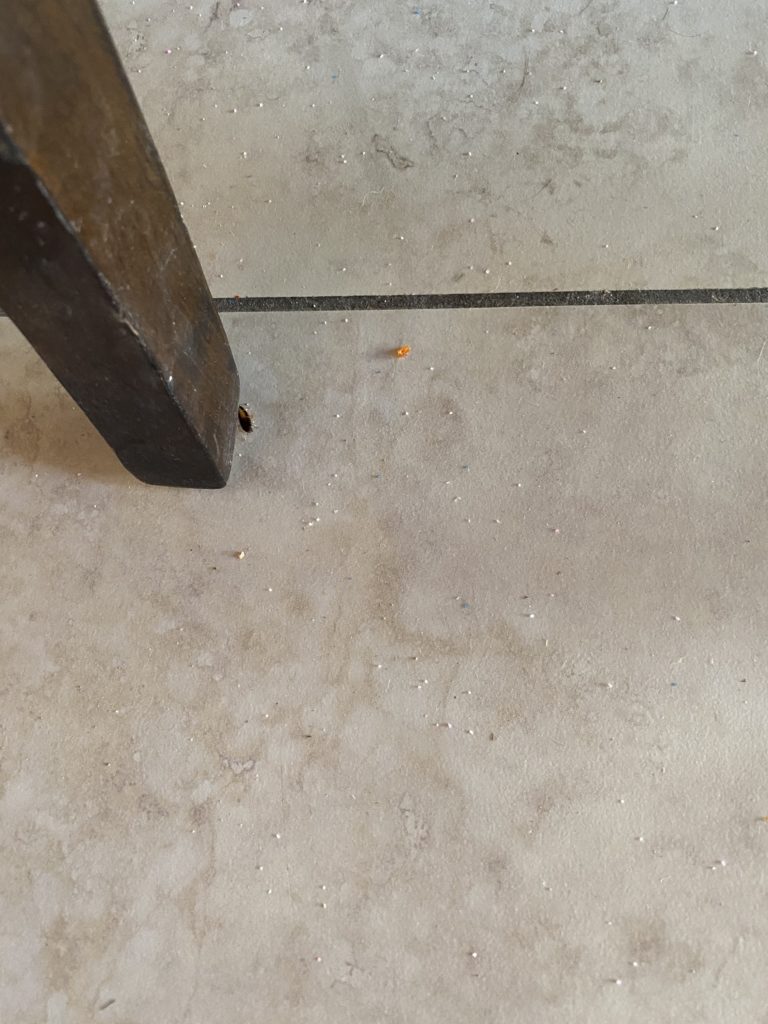
Bring out your dead!
One of the most memorable lines from Monty Python could easily be the roach restaurant rallying cry. When a cohort dies, the cockroaches don’t worry about where to put the corpse. It is far too often viewed as a first come first serve room service. The greater the population and the greater the food pressures are on the roaches, the more likely they are to eat each other. There may be some movies that anthropomorphize roaches to the point of making this unimaginable, but they have far simpler wiring than we do. Roaches see anything from a dead relative to paste as a source of sustenance and will chow down.
The good news about the terrible things roaches eat
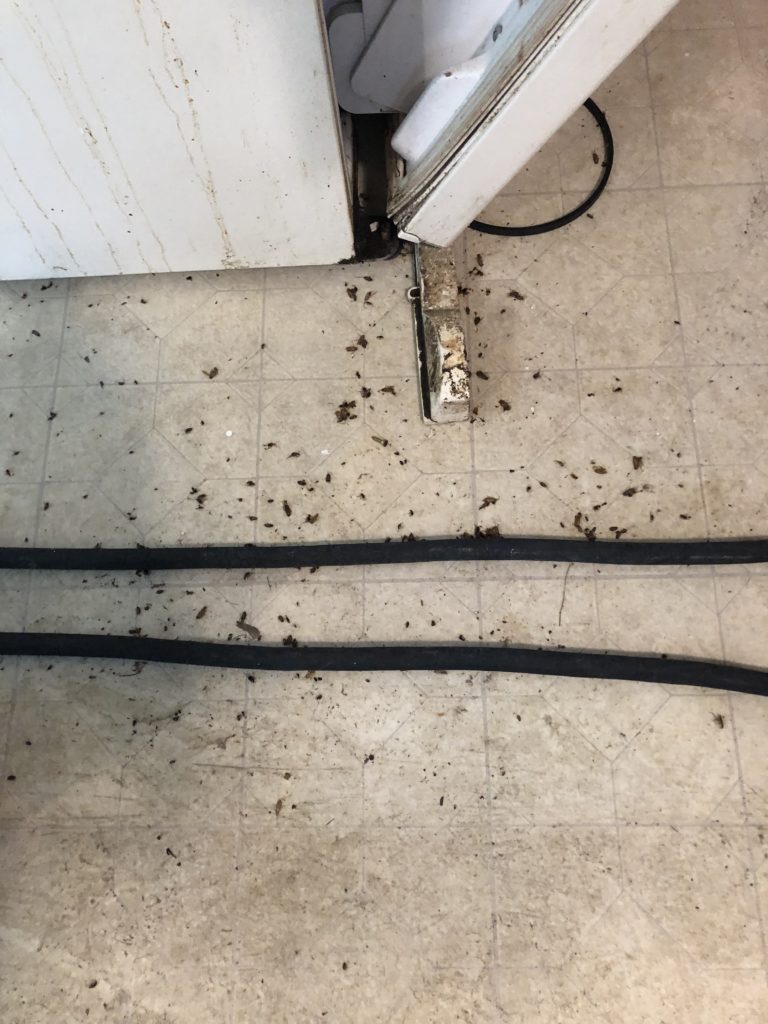
Despite these food preferences being sufficient cause for a normal person to wretch, these habits can bolster the performance of a good cockroach control program. By working together with our clients to reduce other food sources, we can maximize the bait and barrier transfer from one roach to the next. by consuming our bait, the roach can pass the control measure on to its friends and family through barfing it up or pooping it out. By crossing one of our crack and crevice or barrier treatments and dying back in its living quarters, it can spread the death through touch as well as by being a contaminated bite of food for a passing roach.
Seems good to us
One surprising thing that makes the list of bad things cockroaches eat is artificial sweetener. While sucralose isn’t something we turn our noses up at, cockroaches don’t either…to their own determinant. Researchers at UCR figured out that sucralose products such as Splenda reduce cockroach survival by affecting their gastrointestinal system. This my be good news for us and bad news for roaches.
The death plan
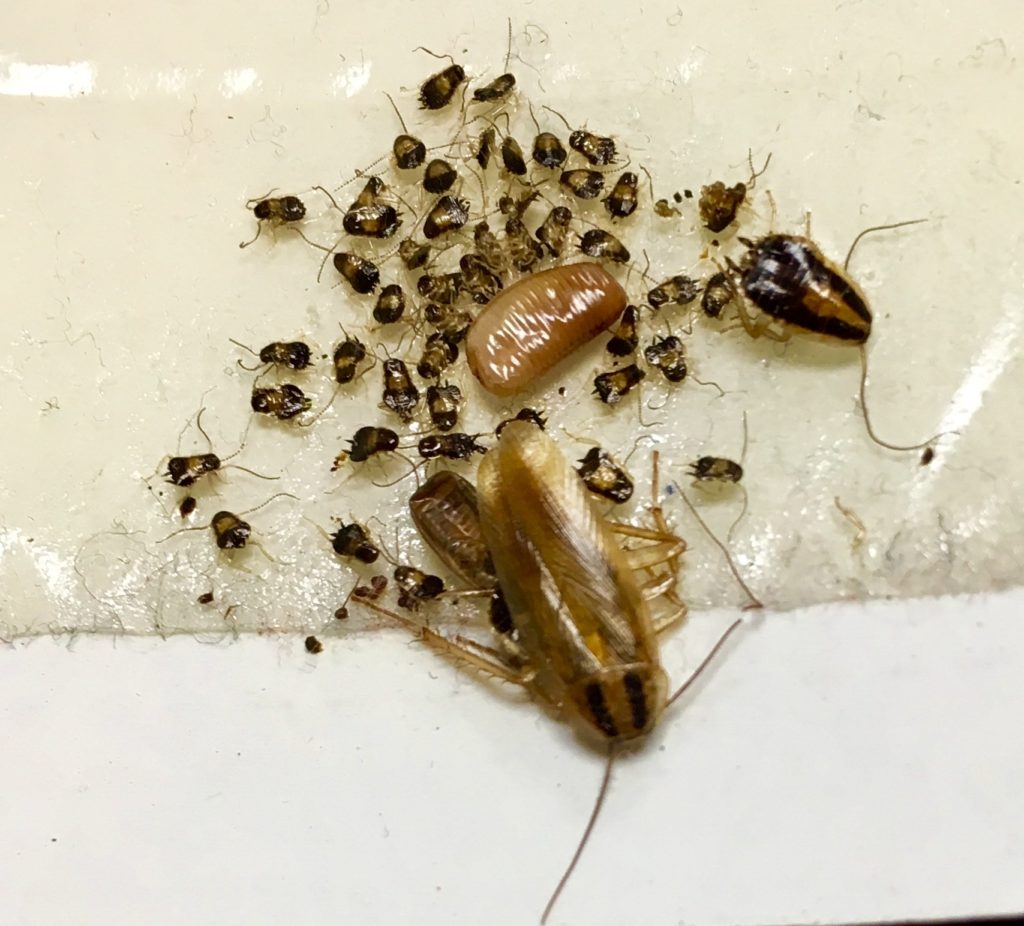
I love to study insects and share the oddities of their world, but I feel I should apologize for the mental images I have conveyed in this message. It is important information, but disgusting. Don’t lose your launch over roaches and thoughts of how they live. Reach out to one of Rove Pest Control’s roach experts to turn the gross battle over to us. We’ll guide you through the fastest path to a roach free environment.
About Rob Greer: Pest Control Expert and Industry Leader
Rob Greer, co-founder of Rove Pest Control, has a deep connection with nature, developed during his upbringing in rural Idaho where he raised horses and cattle. He began his career in pest control in 2001 to support his university studies. After earning a BS in Business Management, Rob, along with Lenny Gray and McKay Bodily, founded Rove Pest Control.
Rob has played a pivotal role in shaping the operational framework of Rove Pest Control, with a focus on personal development for team members, public health awareness, and tailoring services to meet the needs of individuals and communities.
As an Associate Certified Entomologist (ACE) and Subject Matter Expert (SME), Rob has made significant contributions to the pest control industry. He has collaborated on the Minnesota Department of Agriculture’s UMN Extension certification manual and exam development, the National Pesticide Applicator Certification Core Manual for the EPA, and the Quality Pro Customer Service Credential Task Force. His expertise has also been recognized in his testimony for the pest control industry before the Minnesota state legislature as a State Policy Affairs Representative. Currently, Rob serves as the President of the Minnesota Pest Management Association Board. Learn more about about Rob Greer.